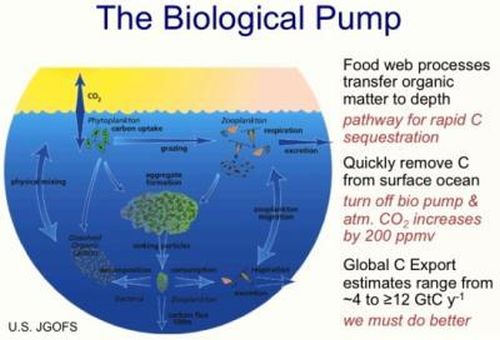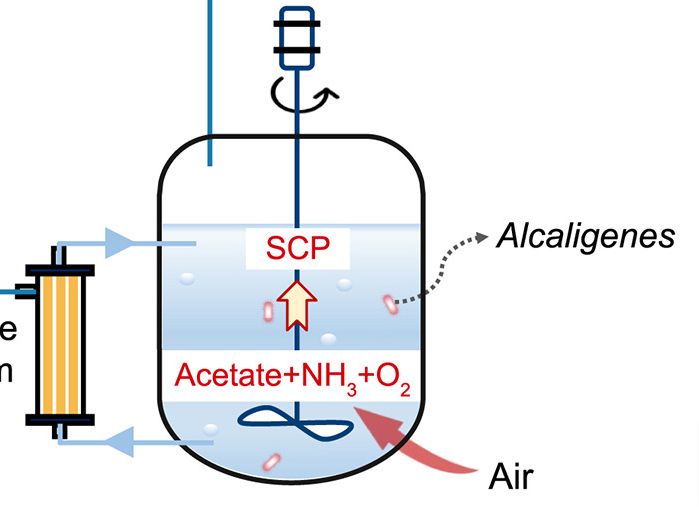Carbon-based molecules are the prime element of biological compounds and play a crucial part in supporting different life forms on earth. The carbon molecules are continuously exchanged among the different reservoirs of carbon present on the Earth. Recently, researchers at the University of California Santa Barbara, used images received from the satellite, to analyze the importance of oceans in the carbon exchange also known as the global carbon cycle.
The research team included oceanographer and the director of the Earth Resource Institute at the University of California, David Siegel, Santa Barbara, and other members, who studied deeply the role of wastes discharged by phytoplankton and zooplankton, in the global carbon export. They focused on the life cycle of these minute animals that are at the base of the food chain and developed a model to estimate the carbon being emitted by the oceans.
Based on the images provided by the satellite, the researchers formulated their food web based model by calculating the net primary production (NPP), which the overall output of organic matter derived from phytoplankton. These phytoplankton using the aqueous carbon dioxide (CO2), produces organic matter.
The researchers closely studied an oceanic phenomenon, widely termed as the ocean’s biological pump and is responsible for disseminating the organic carbon from the upper zone of the ocean known as euphotic zone, via descending particulate matter in the form of zooplankton wastes and algae. These organic carbons remain trapped for centuries, once they reach the depths of the oceans.
As per Siegal, the understanding of the biological pump is of utmost importance. This can explain where the carbon ultimately goes, the amount of carbon going into organic matter and how these influence the air sea exchange of CO2 and what has occurred to the fossil fuels that have been emitted from the tailpipes. With the help of satellite, the biological pump is being observed for its intensity and productivity. This model is one of its kinds as traditional approaches have been empirical without bearing in mind the changes of the ocean food web.
The ocean plays a crucial part in the global carbon cycle and is major component in terms of accumulating, transporting and converting of carbon. Therefore, the Siegel’s approach of carbon estimation is more uniform as it is dependent on oceanic carbon reservoirs/ flux or the flow of the carbon through the different zone of the oceans.
According to Siegel, determining the carbon reservoirs can help in forecasting the atmosphere’s reactions towards changes in climate. And by studying the irregular signals that were received from satellite assessment of ocean’s color, they established method to determine the amount of biomass present in different sized particles.
Researchers using the model calculated a global carbon reservoir of 6 petagrams per year. (A petagram (Pg) is also termed as a gigaton and one petagram is equivalent to one quadrillion grams.) This is a large quantity equal to the amount of carbon emitted upon fossil fuel consumption in a year.
The researchers in the future, using the model plans to work out a field program in order to learn the states in which the carbon biological pump works. Thus, it is essential to know the sizes of the plankton and the direction of the energy flowing in the food web, as said by Siegel. And using the data that are collected by the satellite, researchers designed methods to calculate NPP, overall phytoplankton biomass and the size framework to estimate mass budgets.
This method will help us to keep a check on CO2 in the oceans as well, as we keep monitoring the carbon in our atmosphere. Any changes can be analyzed and according the changes in climate can be foreseen.






[…] play a very crucial role in the global carbon cycle. To gain a better and detailed insight of the process, researchers from Scripps Institution of […]